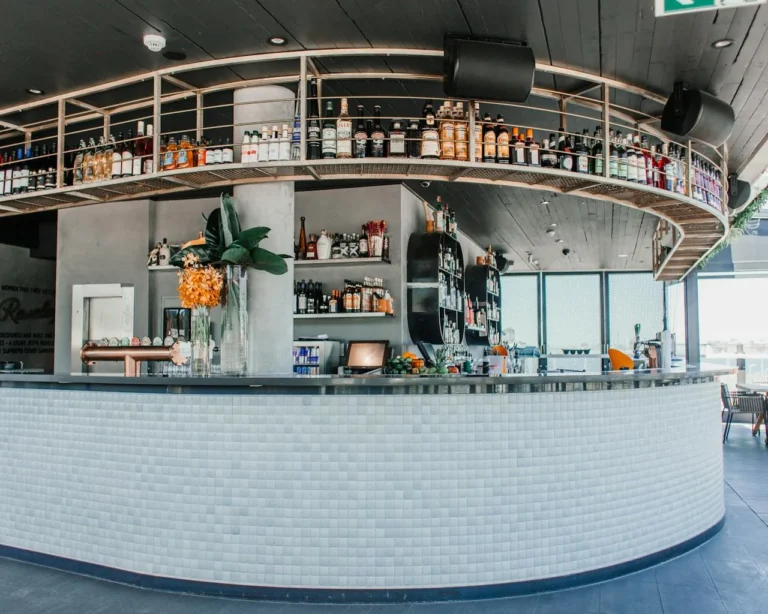
Micro Fulfillment Centers (MFCs) Global Market Report 2025: A $25 Billion Growth Opportunity
Market Overview
The global market for Micro Fulfillment Centers (MFCs) is experiencing rapid expansion, driven by the surge in e-commerce, advancements in automation, and the increasing demand for faster and more efficient last-mile delivery solutions. Valued at US$6.2 billion in 2024, the market is projected to reach US$31.6 billion by 2030, growing at a robust compound annual growth rate (CAGR) of 31.1%. This report provides an in-depth analysis of market trends, drivers, forecasts, and the strategic implications of MFC adoption.
Key Market Drivers
1. The Rise of E-Commerce
E-commerce has been the primary catalyst for MFC adoption. As online shopping becomes the preferred mode of purchasing, consumers are demanding faster and more convenient delivery options. Major retailers and e-commerce platforms are leveraging MFCs to optimize inventory, reduce shipping times, and improve customer satisfaction.
2. The Need for Speed in Last-Mile Delivery
With customer expectations shifting towards same-day or even one-hour delivery, businesses are increasingly investing in micro fulfillment strategies. MFCs, strategically placed near high-demand urban locations, drastically cut down delivery times and transportation costs, allowing companies to stay competitive in an evolving retail landscape.
3. Urbanization and Space Optimization
Rapid urbanization has created space constraints for traditional large warehouses. MFCs, often integrated into existing retail stores or operating as standalone facilities, provide a space-efficient solution to meet increasing demand without requiring extensive real estate investment.
4. Advancements in Automation and Robotics
The integration of robotics, artificial intelligence (AI), and machine learning has made MFCs more efficient than ever. Automated storage and retrieval systems (AS/RS), robotic picking solutions, and AI-powered inventory management optimize operations, reducing human labor costs while increasing accuracy and fulfillment speed.
Why Are Micro Fulfillment Centers Gaining Popularity?
1. Post-Pandemic Consumer Behavior Shift
The COVID-19 pandemic dramatically accelerated online shopping trends, creating a long-term shift in consumer behavior. Even as physical retail recovers, the demand for quick and convenient delivery options remains strong, making MFCs a crucial investment for retailers looking to meet these expectations.
2. Cost Reduction and Efficiency Gains
By decentralizing fulfillment operations and positioning inventory closer to consumers, MFCs reduce operational costs. Retailers benefit from lower transportation expenses, decreased reliance on costly large-scale warehouses, and improved supply chain efficiency.
3. Inventory Management Benefits
MFCs help retailers maintain optimal inventory levels with real-time tracking and predictive analytics. This minimizes overstocking, reduces waste, and ensures products are always available for rapid fulfillment.
The Role of Technology in Micro Fulfillment Centers
Technology is the backbone of MFC efficiency. From AI-driven demand forecasting to robotic automation, the following innovations are shaping the future of micro fulfillment:
- Robotic Picking Systems: Reduce labor costs and improve order accuracy.
- AI-Powered Inventory Management: Predict demand fluctuations and optimize stock levels.
- Automated Conveyor Belts & AS/RS: Speed up order processing and minimize human intervention.
- Cloud-Based Order Management Systems: Enable seamless integration between MFCs, online stores, and distribution networks.
Key Market Insights
1. Growth Projections by Market Segment
- Store-Integrated/In-Store MFCs: Expected to reach US$17 billion by 2030, growing at a CAGR of 33.6%.
- Standalone MFCs: Estimated to grow at a CAGR of 27.1% during the forecast period.
2. Regional Market Trends
- United States: Currently valued at US$1.7 billion, with strong growth driven by major retail investments.
- China: Forecasted to grow at an impressive 41.6% CAGR, reaching US$9.1 billion by 2030, fueled by the rapid expansion of e-commerce and automation initiatives.
- Other Key Regions: Japan, Canada, Germany, and Asia-Pacific are witnessing increased adoption of MFCs, driven by urbanization and the need for logistics optimization.
Competitive Landscape
Leading companies in the MFC space are investing heavily in automation and AI-driven solutions. Major players include:
- Addverb Technologies
- Dematic Corp.
- Exotec SAS
- Geekplus Technology Co., Ltd.
- Get Fabric, Inc.
Future Trends and Opportunities
1. Expansion of Dark Store MFCs
Dark stores—retail locations repurposed as fulfillment hubs—are gaining traction as retailers look to maximize efficiency. These facilities operate exclusively for online orders, ensuring quick turnaround times for e-commerce purchases.
2. AI-Driven Supply Chain Optimization
The use of AI and machine learning for predictive analytics is expected to revolutionize inventory management and demand forecasting, further improving fulfillment speed and reducing costs.
3. Sustainable Fulfillment Strategies
Retailers are increasingly prioritizing eco-friendly fulfillment solutions. MFCs contribute to sustainability by reducing carbon emissions through localized distribution and minimizing packaging waste.
The micro fulfillment center market is poised for significant growth, with its impact reshaping retail and e-commerce logistics. As businesses continue to prioritize speed, efficiency, and automation, MFCs will play a pivotal role in the future of last-mile delivery. With projections indicating a US$31.6 billion market by 2030, now is the time for retailers and logistics providers to invest in micro fulfillment strategies to stay ahead in an increasingly competitive landscape.







